Client
Flistmeister
Services
Sonic Branding, UX Research, Audio Design, Brand Strategy, UX Design
Year
2020
Flitsmeister started out as an app that warns motorists about speed cameras. Thanks to a constructive attitude towards the government, the company has grown into a valuable partner. Despite this understanding, Flitsmeister mainly remains the ‘driver’s best friend.’
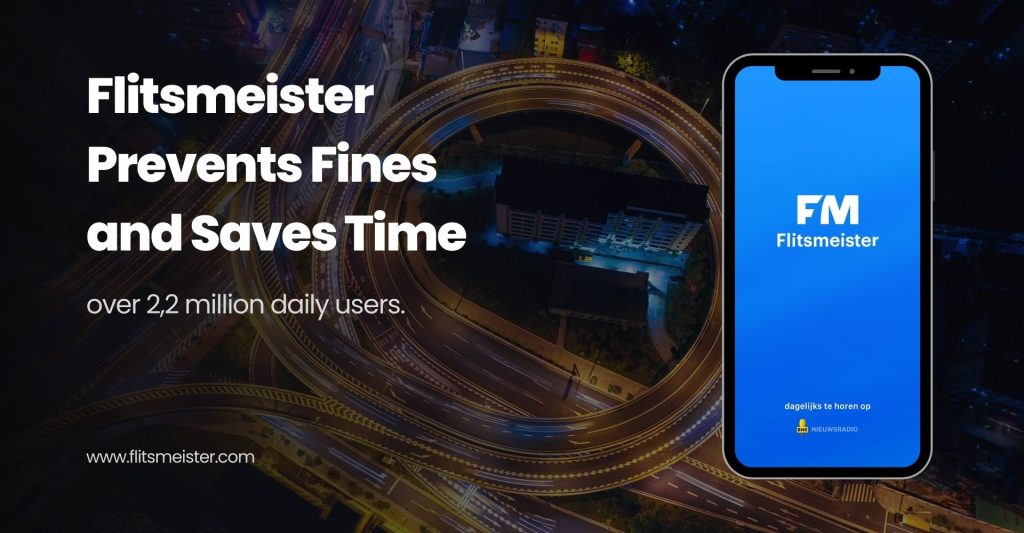
Flitsmeister Use Cases
When motorists drive towards a speed camera with the Flitsmeister app, they receive a warning on their phone, which means that the Flitmeister app can avoid almost all speeding fines. If the motorist spots a speed camera, they can indicate this in the app to warn other users.
In 2010, It all started as a hobby project, but when the downloads began pouring in, the founders wanted to take this seriously and give the app a real chance at success. Today, Flitsmeister serves more than 2.2 million users.
In the early years of his life, Flitsmeister was mainly an app for drivers who wanted to be able to drive too fast with impunity. This built up the bold image of the app and the Brand Flitsmeister. Today the app has many functions, but it all started with the function that is still the most important notification in the app today: The speed camera notification.
Typically UX sounds mustn’t be too intrusive. So, in the beginning, we started with designing notifications that were quite subtle to make sure the UX sounds wouldn’t become annoying over time. Through user research, we quickly realized that there seems to be no such thing as too intrusive in this use case.
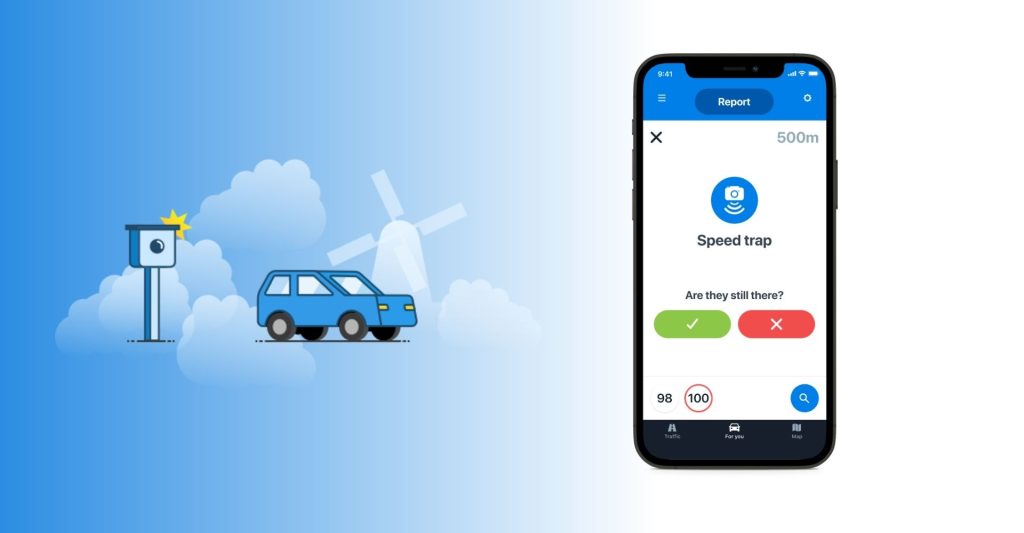
As with any design process, we began by conducting research — surveys of our users, and competitor analysis. We sought to understand exactly what our UX sounds needed to sound like and how they should be implemented to perform successfully.
We found existing apps in the market lacking in how their UX sounds connected to the brand and in relation to each other. The sounds competitors used were not only all over the place and did not have a common thread, but the balance of non-intrusive vs. alerting and intrusive sounds was nowhere to be found. We knew there was an opportunity to improve the Flitsmeister app by designing sounds that function individually but also work well together as a whole.
Through testing with users, we found out that the speed camera notification must be alerting and is accepted as intrusive by users. Nobody wants to miss this notification because the chance of a fine is significantly higher. So no room for a subtle solution. On the contrary, we decided to create a standard speed camera notification and make a remake of a police sound already in the app. Users have the option to enable this sound for extra emphasis on this notification.
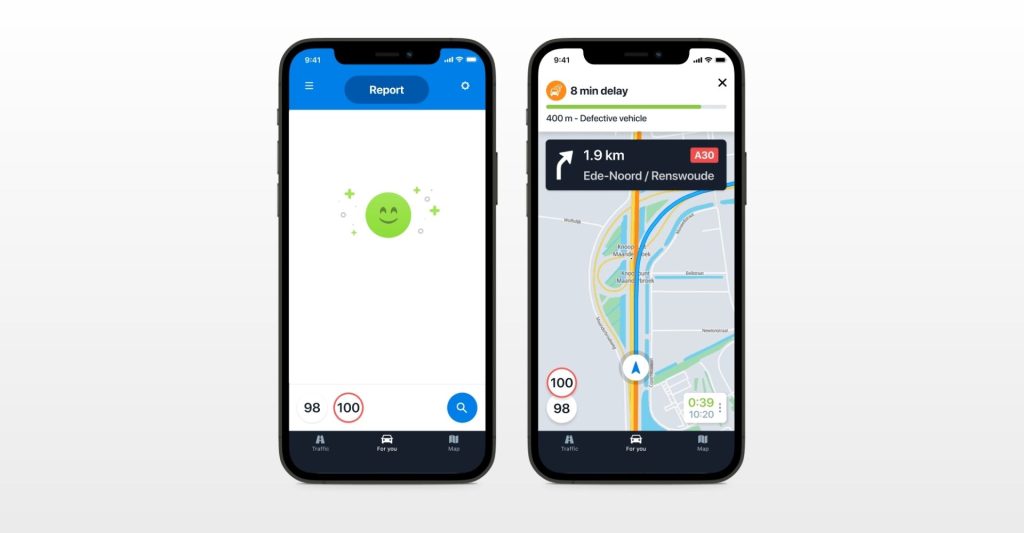
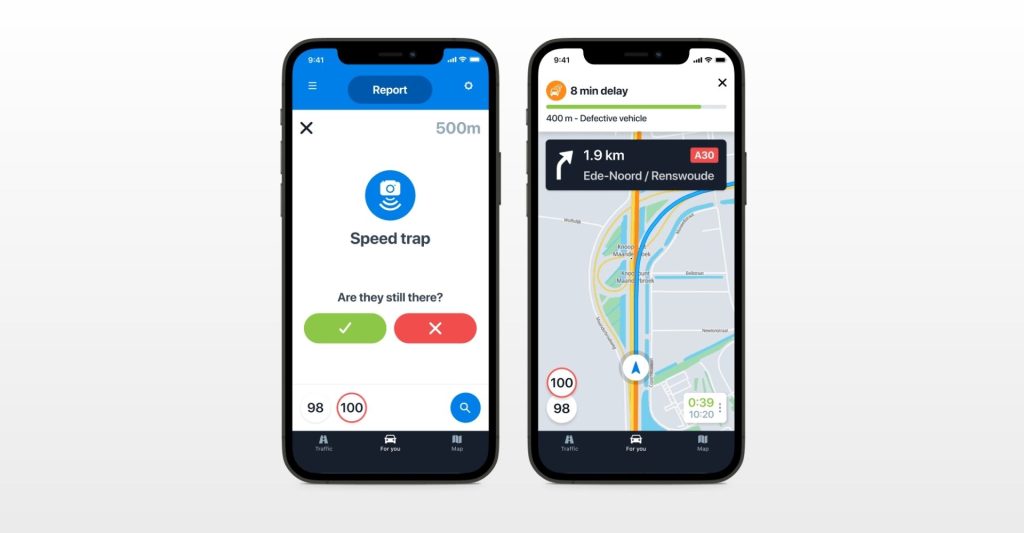
The Sonic Identity of Filtmeister
You get the idea. So we’ve been working on creating sounds that improve the Flitsmeister user experience. But that’s not all. The ultimate goal was to develop sounds that communicate the meaning of specific situations in the user experience to realize hands-free auditory usability of the app.
Another major goal was to unify all sounds in the app. Each individual sound should be part of the whole. The team saw the potential to professionalize the app by doing this. Therefore each sound should be on-brand and, at the same time, functionally optimize the user experience. We worked closely with the Flitsmeister team to design the style and approach and started with initial brainstorming and sketching. We did this to get a keen understanding of the brand, the culture, and its personality.
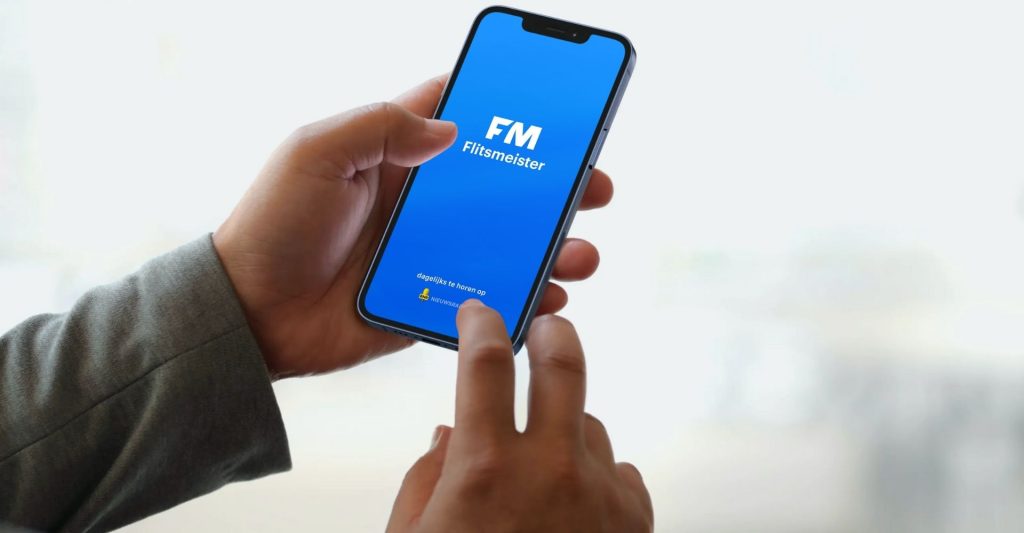
As a result, we learned about the close-knit group of fan users. This is a considerably large group. A group of fans that have been using Flitsmeister for many years. The group of fans is part of the brand, and everybody knows how it all started.
Flitsmeister has an authentic rebel brand because it challenges the standard and provides a solution to circumvent rules to a certain extent. Flitsmeister is serious about avoiding fines, but its main focus is traffic safety. At the same time, a playful tone predominates at all times.

Based on our research, we intuited that focusing on existing key sounds in the app would be appreciated by the fan users. It turned out we were right. Building on the most iconic sounds of the app not only provided familiarity but also allowed us to leverage existing functional associations the sounds conveyed meaning people already understood.
We remixed and optimized signature sounds in the production process without losing their recognizability. We changed them to make them sound better and fit into a whole together with all other new sounds.
As part of our process, we needed a creative, meaningful angle and a strategy to help us define what the overall sonic branding of Flitsmeister might sound like and how all of our individual sounds could work together.
The Sonic Branding Research Process
Our research efforts provided us with an interesting angle. We found a fascinating study about how people develop their taste in music. We first read about it in the New York Times. The study found that the ”strongest adult musical preferences” set in by age 13 for girls and 14 for boys. We started testing this on the spot with our team, which seemed very legit and powerful. We could name all the songs from when we were 13/14, and we loved most of them.
This inspired us; through demographic research, we defined the years in which our large and enthusiastic group of fan users and brand ambassadors were 13/14 years old. In honor of them being with us for years building the brand, we went through many charts to create a powerful on-brand playlist.
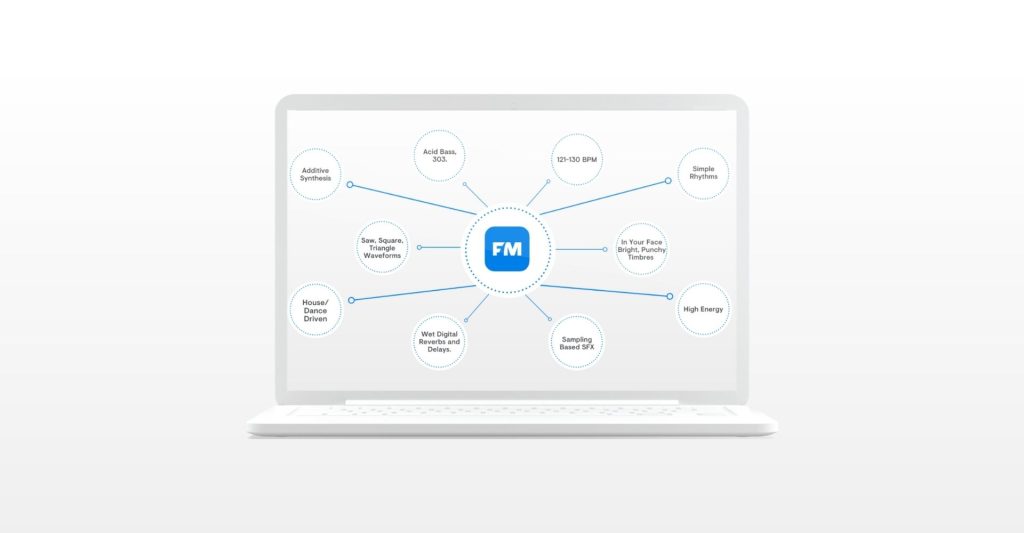
We acoustically analyzed the songs. This gave us a lot of data in which we started to discover patterns that could indicate parameters we could use in our sound designs and production process.
The result was a style guide with dozens of acoustic parameters and assets that work together very well and form a whole. This process overall helped cement some of the sound design concepts we had in mind during our foundational research.
This helped the production team understand the design direction and gave them the tools and constraints which fueled creative output.
To create functionally effective sounds, we needed an implementation strategy, and we needed a clear definition of the purpose of each individual sound. In other words, we needed to study the use-cases within the app.
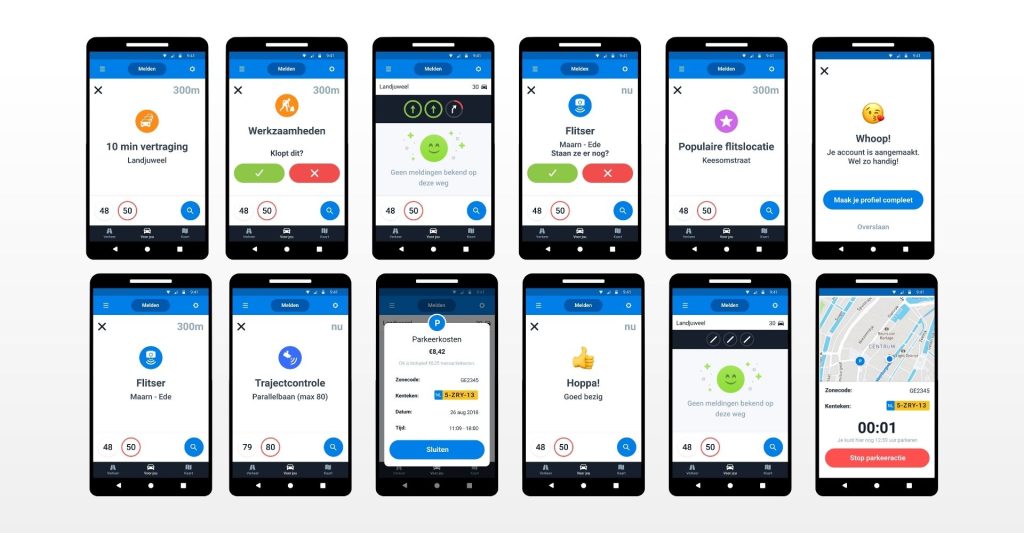
Flitsmeister Use Cases
As mentioned above, Flitsmeister once started small and simple, providing notifications for speed cameras and speed checks to make sure you don’t get a fine. Today the app can do much more than that. Think of navigating, parking, notifying you of road works, nearby ambulances, warning you about stationary vehicles on the road, and much more.
This presented a challenge. Each notification in the app communicates a unique meaning that is relevant to you while driving, but making a unique sound for each application would result in a mess that drives users crazy. You don’t want the app to sound like some casino.
So order to ensure a user-friendly experience, we rely on a simple but powerful principle – Less is more. We studied all applications of the app and tried to find relevant connections in the functionality and emotional meaning of different notifications.
We began simplifying the use of notifications to minimize the required amount of different UX sounds by focusing on fundamental principles, such as:
- Leverage the user data to indicate what are the most important applications and create unique standalone sounds for these notifications.
- Link as many applications of the app as possible based on the essence and functionality of the applications. Do not use unique sounds for each individual application, but create general sounds that can be used for related applications.
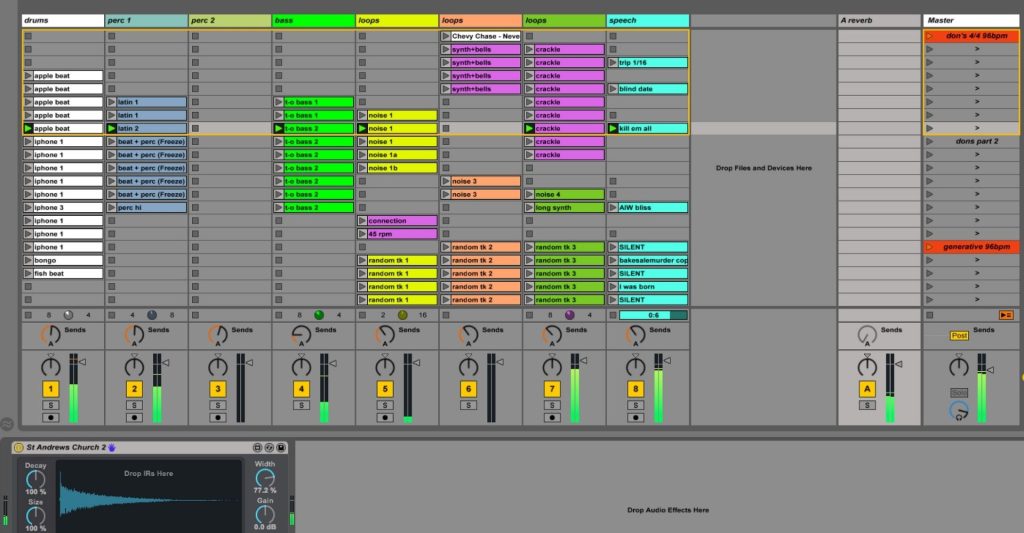
User research
We worked in Ableton designing UX sounds for user testing. We started with a large number of sounds and optimized our work based on user feedback. An iterative process leading to our final results.
In the end, we got feedback from more than 600 users. We were extremely satisfied with the results and grateful that so many people were willing to share their opinions with us. In this user testing phase, we started designing pilot tests to test our tests internally. We learned the most from doing comparative analysis, A-B tests, and usability research.
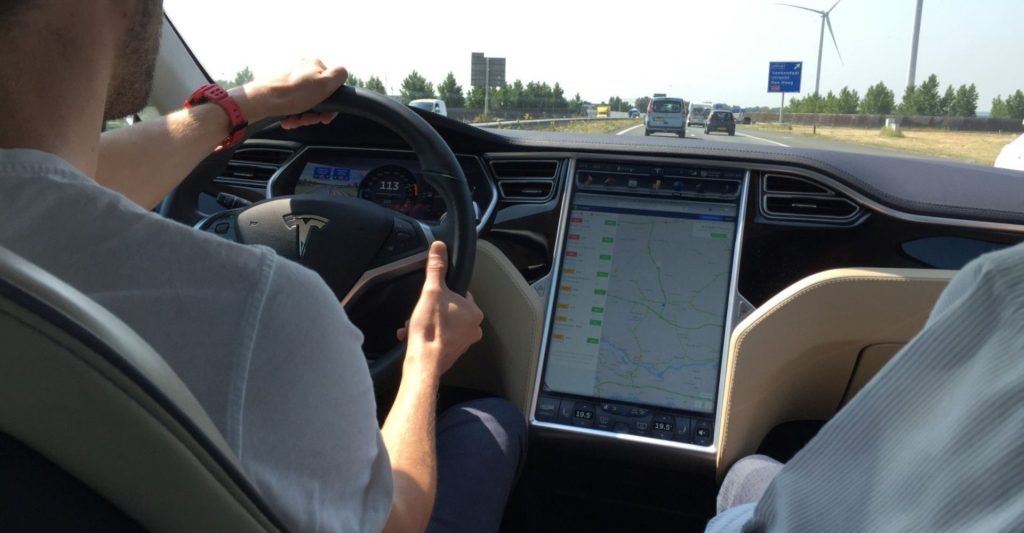
We began the project by looking at existing assets. This turned out to be a great move. Otherwise, we would certainly have underestimated the nostalgia of users and not exploited the familiarity with some essential assets already present in the app. This inspired us to create the unique Flitsmeister sound logo, which includes a wink to the famous and original speed camera notification.
The new sound logo is used in marketing content, and the app uses a short version of the sound logo as a startup sound. Normally a startup sound isn’t always very necessary and functional for an app. But in this case, it wasn’t implemented to just exploit branding opportunities.
Because many users auto-connect their Flitsmeister with their Car. While this happens, the startup sound functions as a confirmation that your Flitsmeister is connected and that you’re ready to go. This way, the sound logo has multiple functionalities and is used in a modular way at various touchpoints, conveys different meanings, and still builds brand association.
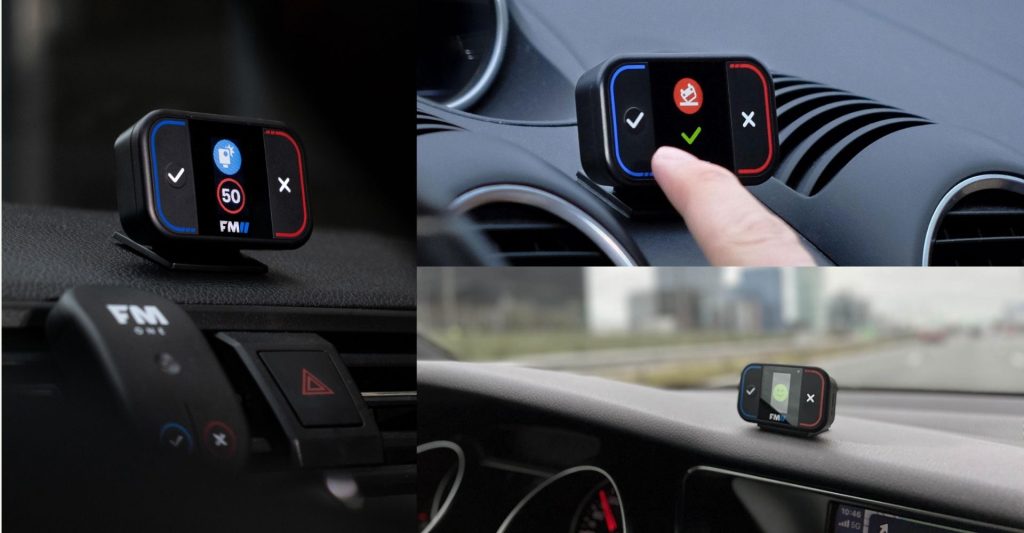
We also audited the existing market for alternative apps providing similar services. In user testing, the final Flitsmeister sound design implementation was evaluated better compared to the sound design implemented in navigation apps of Google, Waze, ANWB, and Tom Tom.
Today we still work together with the Flitsmeister team to monitor performance and optimize or remix assets and strategies where needed. The app is growing fast, and we’re already working on new applications within the app.


